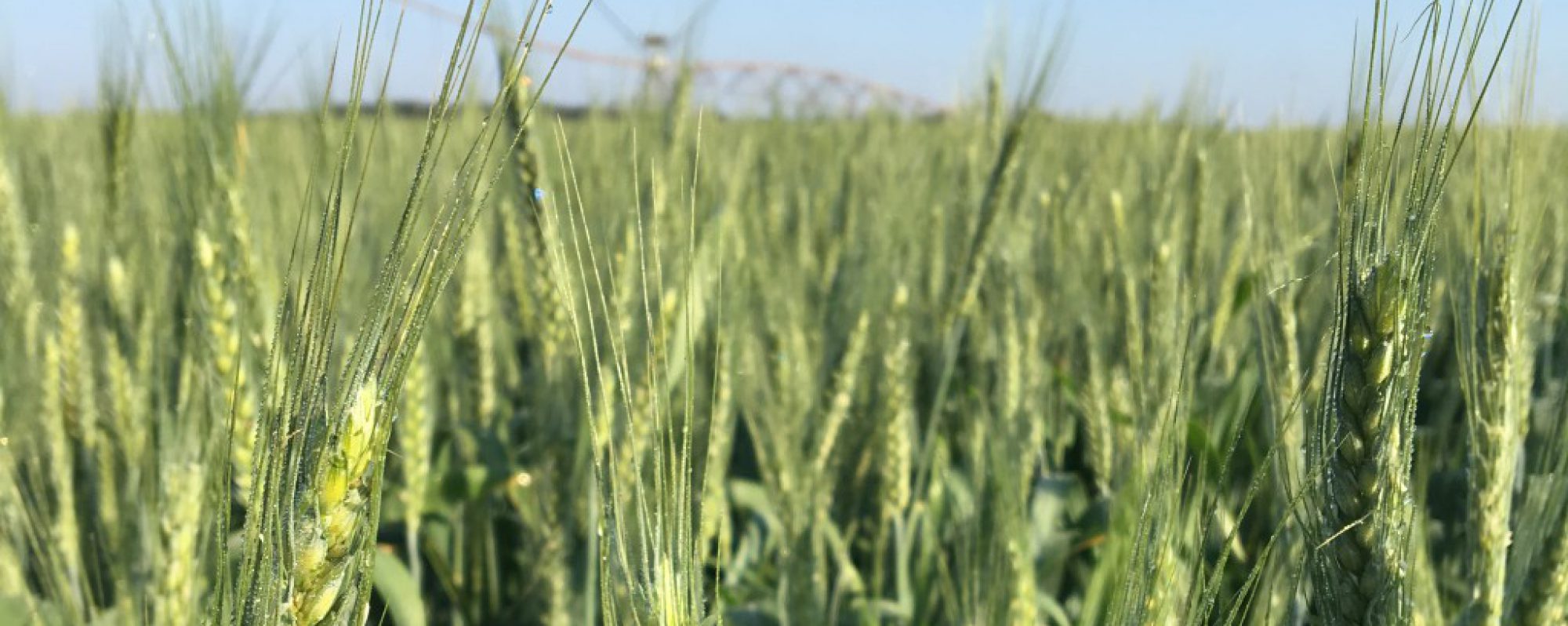Vigor or the rate of seedling growth influences seedling injury from thrips. Thrips initially feed on the underside of cotyledons; damaged cotyledons will appear silvery on the lower surface of cotyledons. The majority of thrips eggs are laid on the cotyledons and it takes about 5-6 days for an egg to hatch. Once a terminal is present thrips will move to and feed on unfurled leaves in the terminal. As the leaves unfurl and expand the characteristic crinkling and malformations become obvious. A rapidly growing seedling may unfurl a true leaf every 3 days where as a seedling which is stressed may take 4-5 days or more to unfurl a new leaf. Again, thrips are feeding on the unfurled leaves so thrips feed for a more extended time on the same unfurled leaf of a slow growing or stressed plant compared with a rapidly growing plant. The same infestation of thrips will create more damage on a slow growing plant. The decision to use a foliar insecticide to supplement atplant insecticides for thrips control should be based on scouting. Scout thrips by randomly pulling a seedling and “slapping” the seedling against a piece of paper or box to dislodge the thrips. There will likely be sand and other debris on the paper. Thrips will begin to move within a few seconds and will cling to the paper whereas sand and other debris will slide when you tilt the paper. Count the number of thrips per plant after each sample. Be observant for immature thrips when making counts. Immature thrips are wingless and crème colored. Adult thrips are usually brownish or almost black in appearance and have wings (depends on species, tobacco thrips is the most common thrips species infesting cotton and adults will be dark brown or black). Do this on several plants and determine the average number of thrips per plant. The threshold for thrips is 2-3 thrips per plant with immatures present. The presence of numerous immature thrips suggests that the at-plant insecticide is no longer providing acceptable control (i.e. thrips eggs laid on the plant, eggs hatched, and immature thrips are surviving). Foliar insecticide options include the systemic insecticides Orthene, Bidrin, and dimethoate. Note that these products are systemic. Pyrethroids will not provide acceptable control thrips in cotton.
